Karen Knorr
Karen Knorr was born in Frankfurt am Main, Germany, and raised in San Juan, Puerto Rico, in the 1960s. She finished her education in Paris and London. Karen has taught, exhibited, and lectured internationally, including at Tate Britain, Tate Modern, The University of Westminster, Goldsmiths, Harvard, and The Art Institute of Chicago. She studied at the University of Westminster in the mid-1970s, exhibiting photography that addressed debates in cultural studies and film theory concerning the ‘politics of representation’ practices that emerged during the late 1970s and early 1980s. She is currently Professor of Photography at the University for the Creative Arts in Farnham, Surrey.
In her Fables series (2004-2008,) Knorr playfully mixes analog and digital photography, reconfiguring tales from Ovid, Aesop, and La Fontaine with popular culture like Disney and Attenborough in museums and heritage sites. These include the Carnavalet Museum, the Museum of Hunt and Nature in Paris, Chambord Castle, the Conde Museum in Chantilly Castle, and Versailles. The visual style of these photographs is rich with reference to the baroque. In the last section of the work, Knorr interrogated the free-flowing space of modern architecture in Corbusier’s Villa Savoye, reintroducing life into the modernist aesthetic of a building.
Since her life-changing journey to Rajasthan, India, in 2008, Karen Knorr’s work explores the Rajput and Mughal cultural heritage and its relationship to feminine subjectivity and animality. India Song, a series of carefully crafted photographs, explores the past and its relation to India’s contemporary heritage sites across Rajasthan. Since 2012 Knorr has visited Japan to reflect on tradition within contemporary Japan, referencing Ukiyo-e prints and folktales connected to Shinto and Buddhist heritage sites. Her first series, entitled Monogatari, places animals and humans in temple sites found in Nara, Kyoto, Tokyo, and Ohara. Her second related series, Karyukai, is inspired by Kano’s 36 portraits of poets, also referencing “bijinga” prints of the 17th century. Women photographed by Karen Knorr were asked to compose waka and haiku, reflecting on their life and dreams. Knorr’s photography is visually seductive and offers the viewer aspects of the universe from different concepts of civilization and the potential and richness of the natural world. Her photographs are alluring mixes of opulent and historical locations with anthropomorphic animals. She creates imaginary narratives that question our societies and their significance on our individual free will.
SELECTED MUSEUM COLLECTIONS:
• Tate London, London, UK
• Victoria and Albert Museum, London, UK
• Musee d’Art Moderne de la Ville de Paris, Paris, FR
• Centre Georges Pompidou, Paris, FR
• San Francisco Museum of Modern Art, San Francisco, US
• National Museum of Modern Art, Kyoto, JP
Photography & Works
-

Karen Knorr
Morning Glory, Grand Mosque, Abu Dhabi Read more -

Karen Knorr
The Alchemy of Happiness, Alcazar, Seville Add to cart -

Karen Knorr
A Place Like Amravati 2, Udaipur City Palace (India Song) Read more -

Karen Knorr
A Place Like Amravati, Udaipur City Palace (India Song) Read more -

Karen Knorr
A Steadfast Friend, Zanana, Samode Palace (India Song) Read more -

Karen Knorr
Avatars of Devi, Zanana, Samode Palace (India Song) Add to cart -
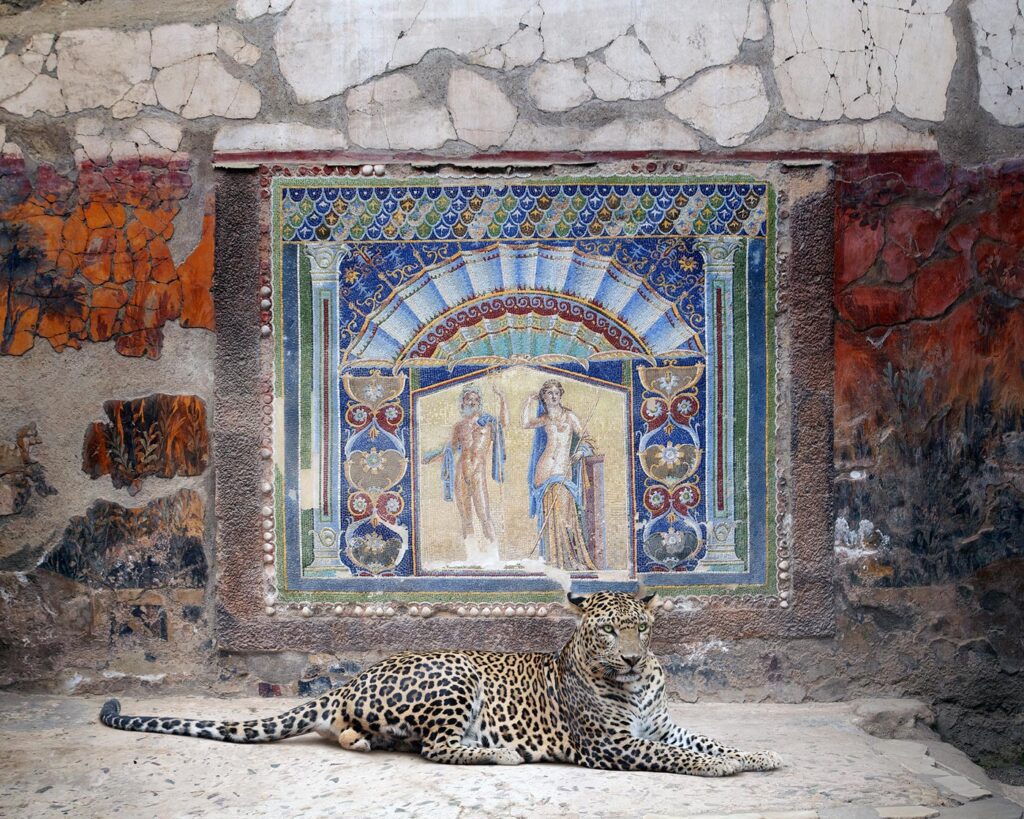
Karen Knorr
Bacchus in Attendance, House of Neptune and Amphitrite, Herculaneum (Scavi) Read more -

Karen Knorr
Conqueror of the World, Podar Haveli, Nawalgarh (India Song) Read more -
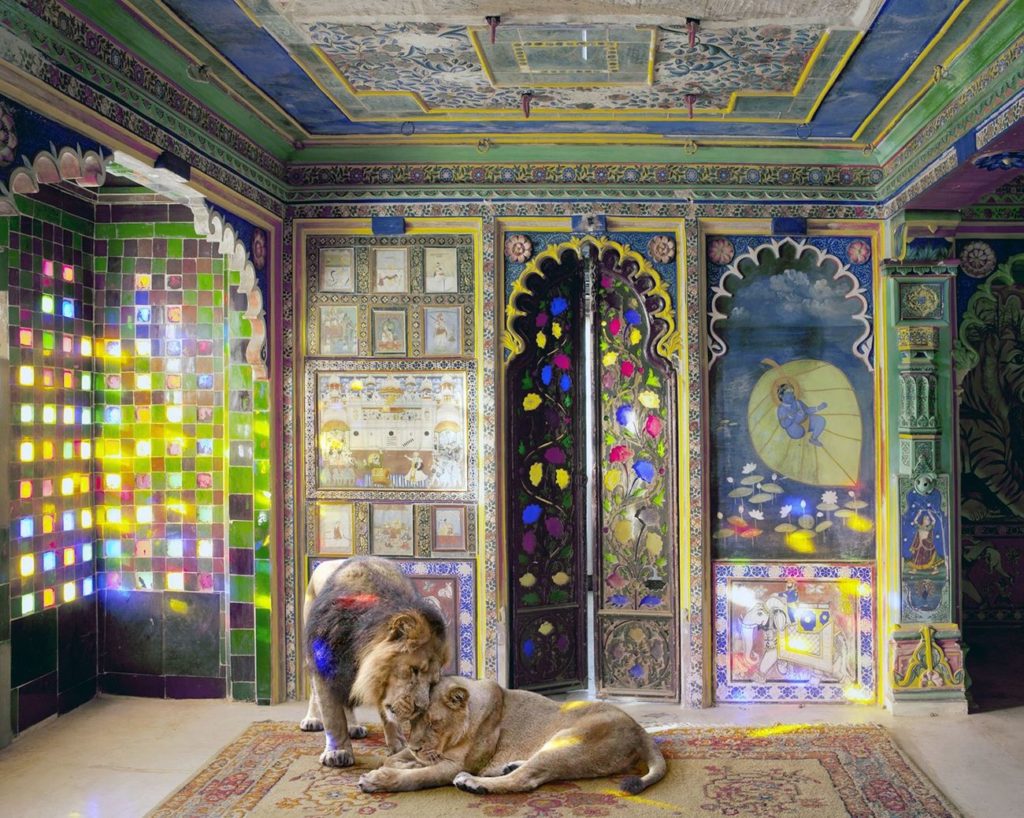
Karen Knorr
Finding Refuge, Junha Mahal, Dungarpur Read more -

Karen Knorr
Friends in Need, Juna Mahal, Dungarpur Palace (India Song) Add to cart -

Karen Knorr
Ganesha’s Mount, Chavi Niwas, Jaipur (India Song) Read more -

Karen Knorr
Ganesha’s Stride, Abha Mahal, Ahichhatragarh, Nagaur (India Song) Read more -

Karen Knorr
Guarding Honour, Kota City Palace, Kota (India Song) Add to cart -
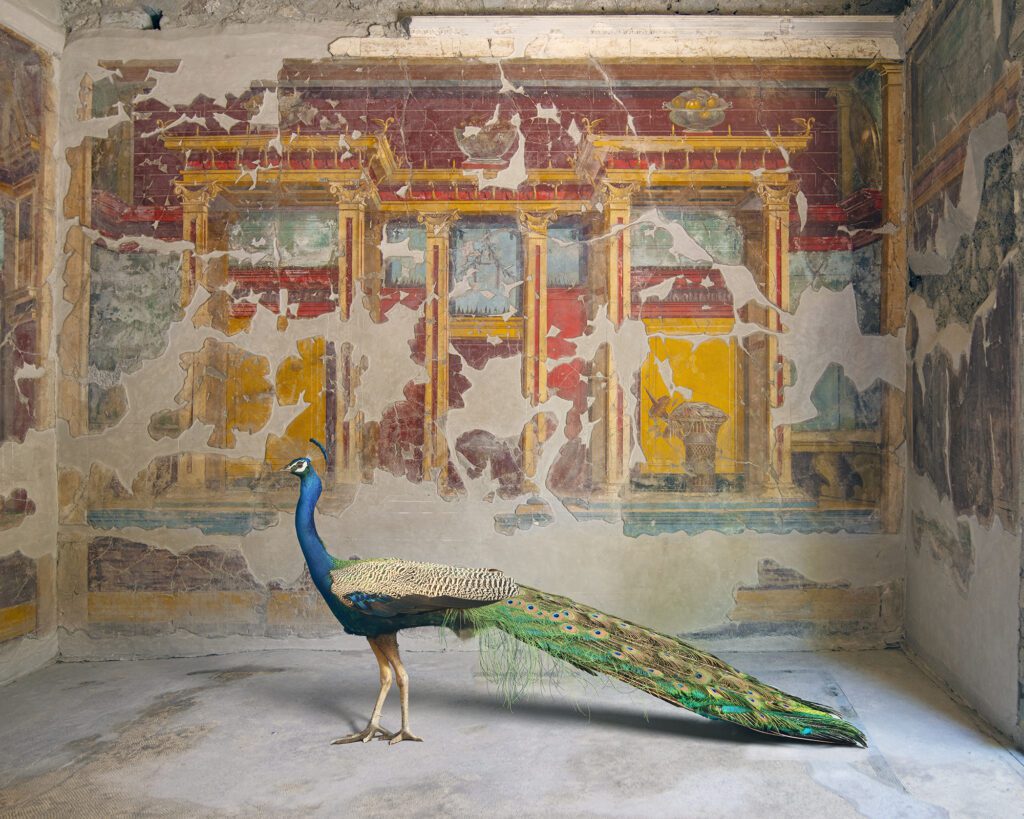
Karen Knorr
Hera’s Eyes, Oplontis Villa, Torre Annuziata (Scavi) Read more -

Karen Knorr
Interloper, Sheesh Mahal, Udaipur City Palace (India Song) Read more -

Karen Knorr
Krishna’s Crown, Jawa Mahal, Jaipur (India Song) Add to cart -
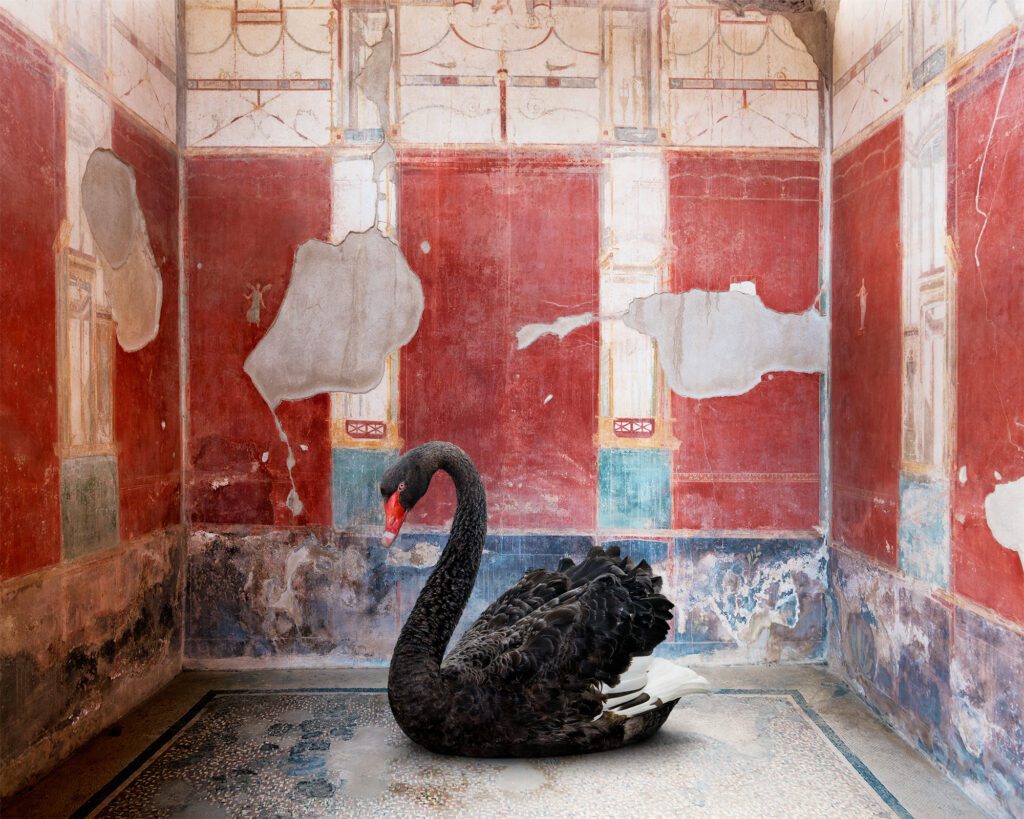
Karen Knorr
Leda’s Seduction, House of the Red Walls, Pompeii (Scavi) Read more -

Karen Knorr
Lion’s Rescue, College of the Augustales, Herculaneum Read more -

Karen Knorr
Mahadevi’s Divine Power, Bara Mahal (India Song) Read more -

Karen Knorr
Master of Seduction, Amer Fort, Amer (India Song) Read more -
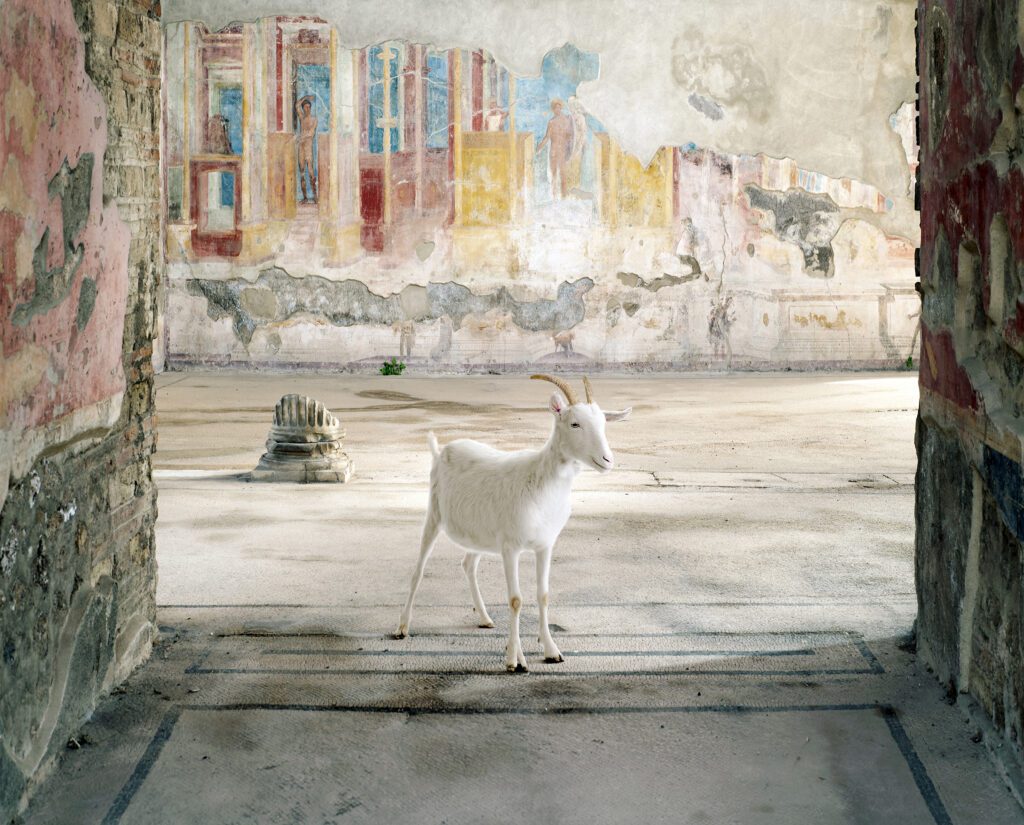
Karen Knorr
Pan’s Apparition, Gymnasium of the Luvenes, Pompeii (Scavi) Read more -

Karen Knorr
Reconciliation, Poddar Haveli, Nawalgarh (India Song) Add to cart -

Karen Knorr
Sikander’s Entrance, Chandra Mahal, Jaipur City Palace, Jaipur (India Song) Add to cart -

Karen Knorr
Taking Refuge, Junha Mahal, Dugarpur (India Song) Add to cart
News & Articles

In Discussion: Karen Knorr, Albert Watson and Holden Luntz

3 Photographic Journeys That Expand Reality: Kimiko Yoshida, Albert Watson, and Karen Knorr

Simple Pleasures: Thresholds of space and time

Picturing Xanadu: A Vision in a Dream

Karen Knorr’s Mahadevi’s Divine Power, Bara Mahal

Photo London 2022

Art Miami 2021

Karen Knorr: The Virtues of Spectacular Spaces
Tishani Doshi on Karen Knorr

Rooms that Resonate with Possibilities

Meet our Artists: Karen Knorr

Dialogues With Great Photographers – Karen Knorr

Seeing Spaces: Four Photographers Viewing Architecture

